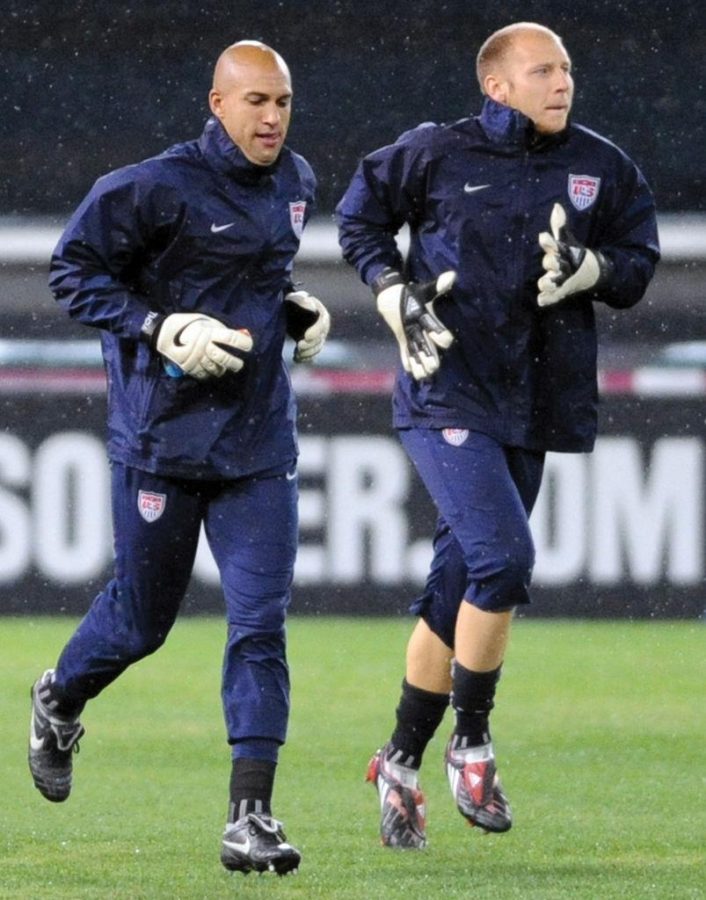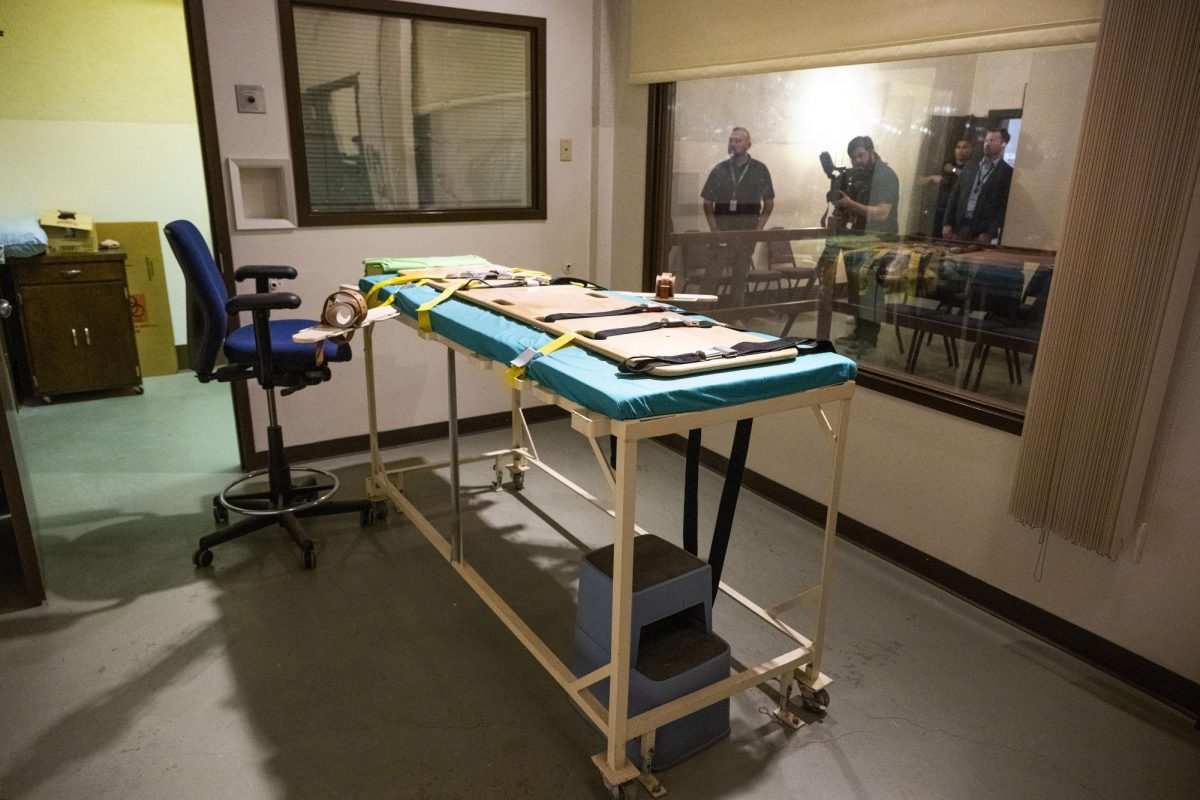U.S. Soccer youth movement is a relief
September 3, 2014
A change was evident from the last time the U.S. men’s soccer team played.
Only two starters, Fabian Johnson and Alejandro Bedoya, from the World Cup squad that lost to Belgium in a dramatic fashion in July, began their Wednesday night on the field of the Generali Arena in Prague to face the Czech national team in an international friendly, an exibition game between two countries.
Seven of their teammates in Brazil also made the trip as part of the compiled roster, but the group was somehow more noticeable for the more unfamiliar names it included.
Joining them were two 18-year-olds, a college sophomore, and a couple of 20-somethings who made their first senior appearances: Greg Garza, 23, who came on as a sub, and Joe Gyau, 21, who started. With so many young faces, some familiar, some not, it was clear that a new era, if not just a new World Cup cycle — now looking ahead to Russia 2018 — had begun.
Gone for the moment was longtime goalkeeper Tim Howard, who is taking a year-long break from his national team duties, and so many other mainstays from at least the past four years: Michael Bradley, Clint Dempsey and DaMarcus Beasley.
The oldest player on this version of the national team is 35-year-old goalie Nick Rimando, and that doesn’t mean much of an exception, since players at his position often play late into their 30s, anyway. Brad Guzan, the future starter in goal for the United States, turns 30 on Tuesday.
America defeated the hosts 1-0 on a first half goal by Bedoya, 27, but the final scoreline didn’t matter so much.
What did matter: many of the best young(er) adult soccer players in the United States featured prominently in the game — German-American World Cup heroes John Brooks, 21, and Julian Green, 19, started and Jozy Altidore, who is somehow only 24 despite seeming to have been around forever, captained the side.
Chances are, many of these national team newbies, like Garza, Gyau and Hyndman, will continue to gain experience at this level in the next few months with the United States competing in three more friendlies before the end of the year.
Head coach Jürgen Klinsmann recognizes that this window is important for the future of the national team.
“It’s an especially good opportunity for us to look at the younger players based in Europe, which we don’t get to do very often because of their schedules,” Klinsmann said in a U.S. Soccer press release. “We can’t bring them into the January camp, where we get to work with a lot of the up-and-coming talent, so for players like Joe Gyau, Emerson Hyndman, Rubio Rubin and Bobby Wood, it’s a great chance for them to experience our environment.”
Hyndman and Rubin are the two 18-year-olds, while Wood is 21. All are professionals in England, Holland and Germany, respectively.
Hyndman was the only one of the three to play any minutes, coming off the bench midway through the second half.
Klinsmann’s approach with young players is reassuring. Rather than prolong the inevitable by calling in established older players for these games that don’t matter, he’s thinking ahead in the hopes of developing a team that will go beyond what was accomplished this summer.
“Once you get out of the most difficult group in the World Cup, you should go further than just [the] round of 16,” he said to NBC Sports’ broadcast team before kickoff. “This is our goal going towards Russia — not to stop at the round of 16, maybe not to stop at the quarterfinal. To say clearly, listen, we have four years to prepare this cycle. Our goal is going into a semifinal in a World Cup. And that means a lot of work, a lot of competition, a lot of grind.”
While the German’s aspirations about where his team will finish is a tad unrealistic, his optimism and open-mindedness about moving on is refreshing. He said that this point in the international soccer calendar is meant for introducing as many players who haven’t been a part of the national team setup before as possible, while still appreciating the established members.
His instructions for the newcomers who do get a shot are simple.
“Show us what you have. Show us your talent and be confident and go for your next level. This is what comes up now in the next couple of games. It’s about young players coming in and hopefully doing well,” Klinsmann said.
The way he explains it, this big shift isn’t something that just happened once the World Cup concluded in mid-July. It started soon after he began his time as national team coach in the summer of 2011.
“What we did really over the last two or three years, we tried really to connect the youth national teams — the different age groups — to the senior team,” Klinsmann said to media in the days before this most recent contest, describing the construction of USMNT scouting network in Europe.
Such a scouting network is a resource that’s always gaining importance as more and more of our young talent eschews domestic opportunities in favor of those abroad, and Klinsmann makes it possible for dual-nationals to represent the U.S.
“So this has kind of gotten more and more connected, and the way we follow the kids at whatever age they are was a lot more intensified. So when we feel that there’s a young player who is ready to experience the next higher level, then we bring the kid in,” he said, according to ESPN’s Jeff Carlisle.
It seems to work.



